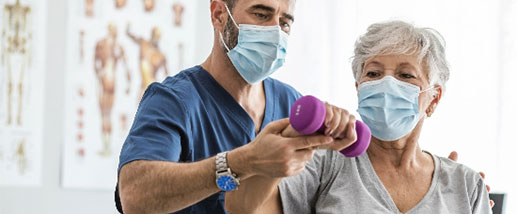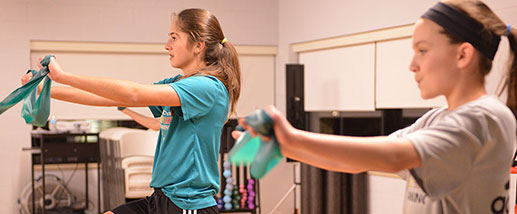Life 2.0: From Aortic Tear to Half Marathon
July 11, 2023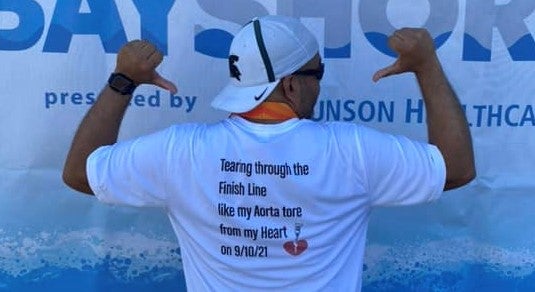
By: Tim Lopez
Categories: Cardiovascular Health, Men's Health
At age 41, avid fitness enthusiast Tim Lopez had a medical crisis that few survive. While exercising, he experienced an aortic dissection. This is a life-threatening condition where the inner layer of his aorta — the main artery that delivers oxygenated blood to the body — tore, and blood surged between the other two layers of the aorta.
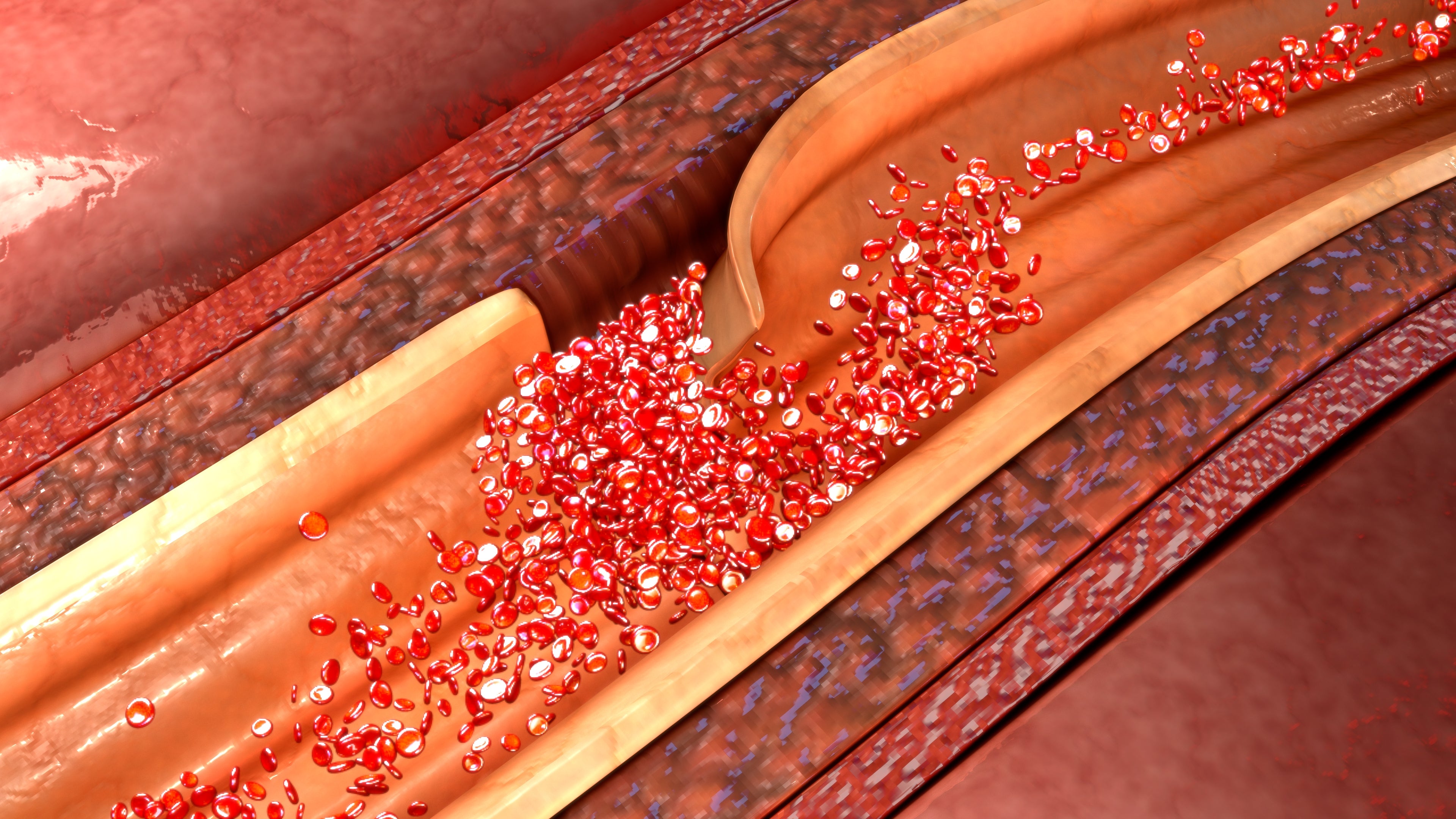
When this happens, 40 percent of patients die immediately.
Somehow, Tim’s body created a sac that contained the blood until 30 hours later when he was rushed to the Emergency Department at Trinity Health Muskegon and underwent emergency open heart surgery. Read Tim’s remarkable story here.
A survivor now, Tim set a goal in the early stages of his recovery to train and complete another half marathon.
What follows are Tim’s reflections on what he calls Life 2.0.
Tim’s Turning Point: Cardiac Rehab
Trinity Health Muskegon saved my life. If I didn’t have access to the medical technology and expertise at the hospital in town, I don’t know where I would have ended up.
The emergency staff immediately knew it was serious. When they were doing tests, they had already called my surgeon [Richard Downey, MD] to come to the hospital to prepare for my emergency procedure. The follow-up care made the difference between just living life or living life to the fullest. Cardiac Rehab helped me thrive.
In all honesty, at the end of the first day of rehab, I felt defeated. My energy levels were so low. I couldn’t walk on the treadmill at a minimum speed. Having been a runner and an active bootcamp member, I realized that life was going to be completely different, and I’d have to accept it.
The rehab team was always so supportive and encouraging. They said, “No, you’ll get there … it takes time. Hang in there. Keep pushing.”
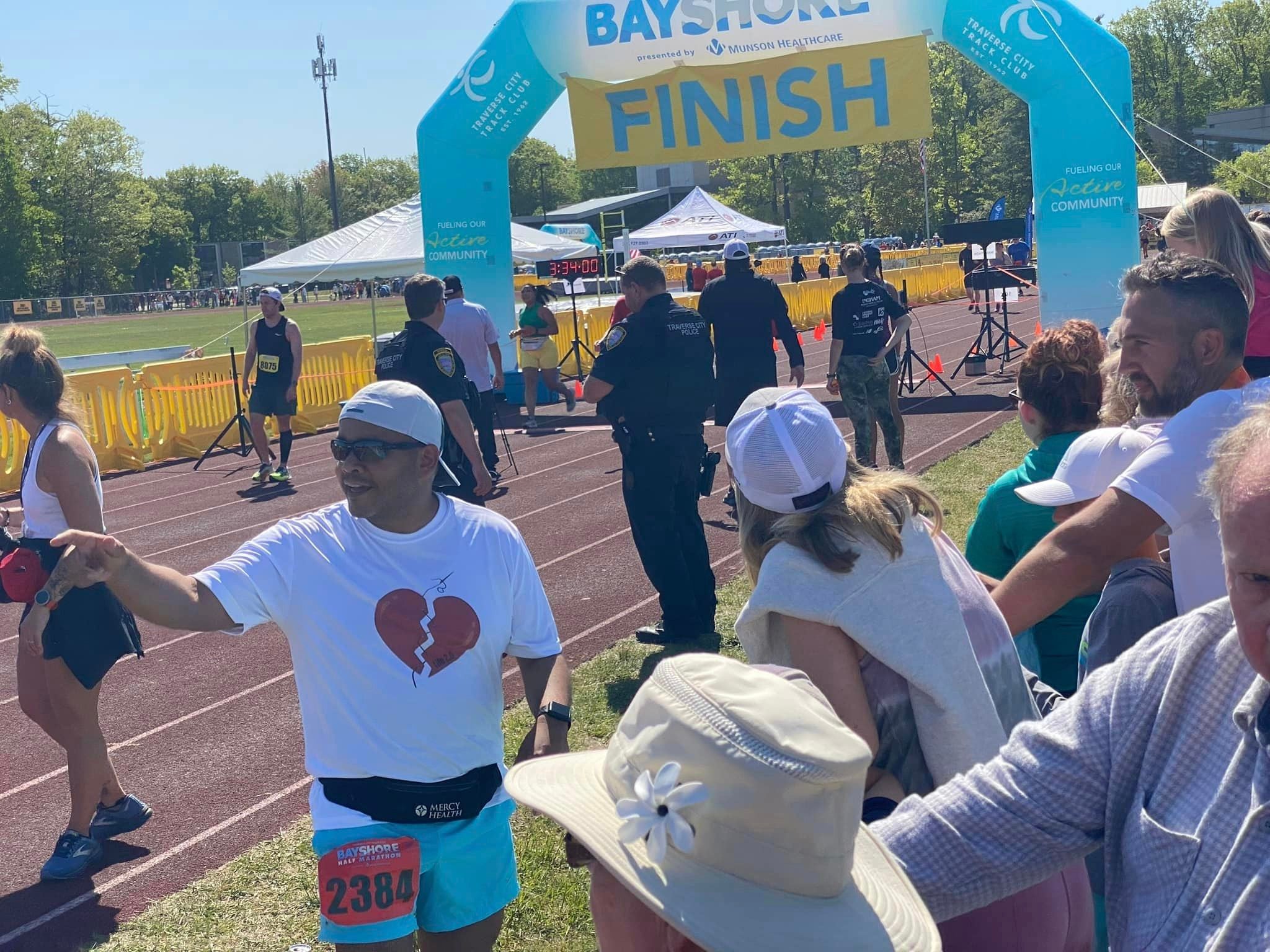 Honestly, if it weren’t for Cardiac Rehab, I wouldn’t be where I am today. I wouldn’t have been as active again, and I wouldn’t have gotten my heart rate going, so I knew I could handle exercise.
Honestly, if it weren’t for Cardiac Rehab, I wouldn’t be where I am today. I wouldn’t have been as active again, and I wouldn’t have gotten my heart rate going, so I knew I could handle exercise.
Weeks after my surgery, I had my first visit with my cardiologist, [Eric Shafer, DO]. I asked him if I could ever run again — and specifically if I could train for a half marathon. I remember the look on his face as he hesitated and then said, “Yes, but you need to check some boxes first.” This was great, now I had a goal.
Achieving His Goal
It’s been 19 months since my surgery, and I’ve successfully checked all of my boxes. My two year “heartiversary” will be in September. All along it’s been my goal to run a half marathon on Memorial Day weekend.
One of my best buddies committed to train and run the race with me. On race day, it was emotional. I wore a special shirt that had a broken heart on the front, and on the back it said, “Tearing through the finish line like my aorta tore from my heart.”
During the race, runners would come up to me and tap me on the shoulder and say, “We’re glad you’re here.” “This is amazing” “You’re a miracle” So many strangers during the race were cheerleaders for me.
One lady who was running behind me told me my shirt motivated her to keep running. She had lost her son who was her running buddy, and this was her first race without him (and my first race since surgery). We spoke during the race and crossed the finish line together.
Other runners who went by me wore shirts that said, “Cancer Survivor.” “Brain Tumor Survivor,” etc. You don’t know how many things people are going through. It puts things into perspective.
Making a Change
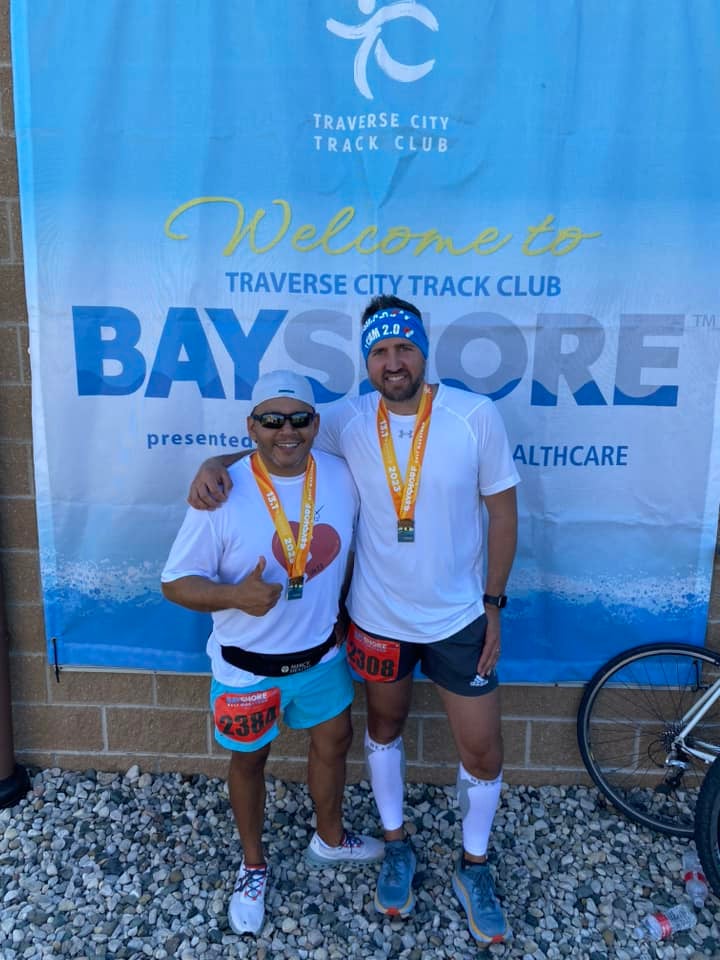 Everyone thinks I had a heart attack, but I didn’t. My heart is actually healthy and strong, which was probably a major factor in saving my life.
Everyone thinks I had a heart attack, but I didn’t. My heart is actually healthy and strong, which was probably a major factor in saving my life.
The cause of my aortic dissection was undetected high blood pressure. I wasn’t getting regular checkups, and I guess I just got used to living with high blood pressure. That became my normal. Now it’s under control with medication.
I feel great. I’m more in touch with my body than I’ve ever been. I keep a heart health-conscious diet. I take care of my body. It’s a “new now” when I exercise.
Going through something like this — and constantly hearing every doctor and nurse express how lucky I was to be alive — was a lot to take in mentally. I wasn’t traumatized, but it has made me think.
Life is too short not to live it to the fullest. During this new time of life, I’ve decided to focus on making myself stronger (physically, mentally, emotionally, and professionally). It has been one of the best things I could have done for myself. I’m focused on getting healthier than I’ve ever been.
I jokingly say, “I’m living life 2.0.” Tomorrow isn’t guaranteed for any of us. What things are important? Little things don’t matter anymore.
What’s Next?
Since my surgery, I’ve always had goals, especially during rehab. I’ve successfully completed those goals, and now it's time for new goals. I don’t know what’s next. I’ll take each day as it comes.
I’ll continue to run, but I’m content with reaching my half marathon goal, and I'm sure there will be others in the future. Even though my run time for the race was different from what it was before, the doctors say, “You should be amazed at what you’re doing. Don’t get down on yourself.”
What I would say to other patients is this: Recovery is a slow, long journey, but if you take the time, the outcome will be good. Don’t give up and Keep Living Life to YOUR Fullest
Trinity Health is a member of the Cardiovascular Network of West Michigan. To learn more about the cardiovascular services at Trinity Health visit www.TrinityHealthMichigan.org/cardiovascular.
Click here for a video of Tim recounting his medical emergency and the extraordinary care that followed.


